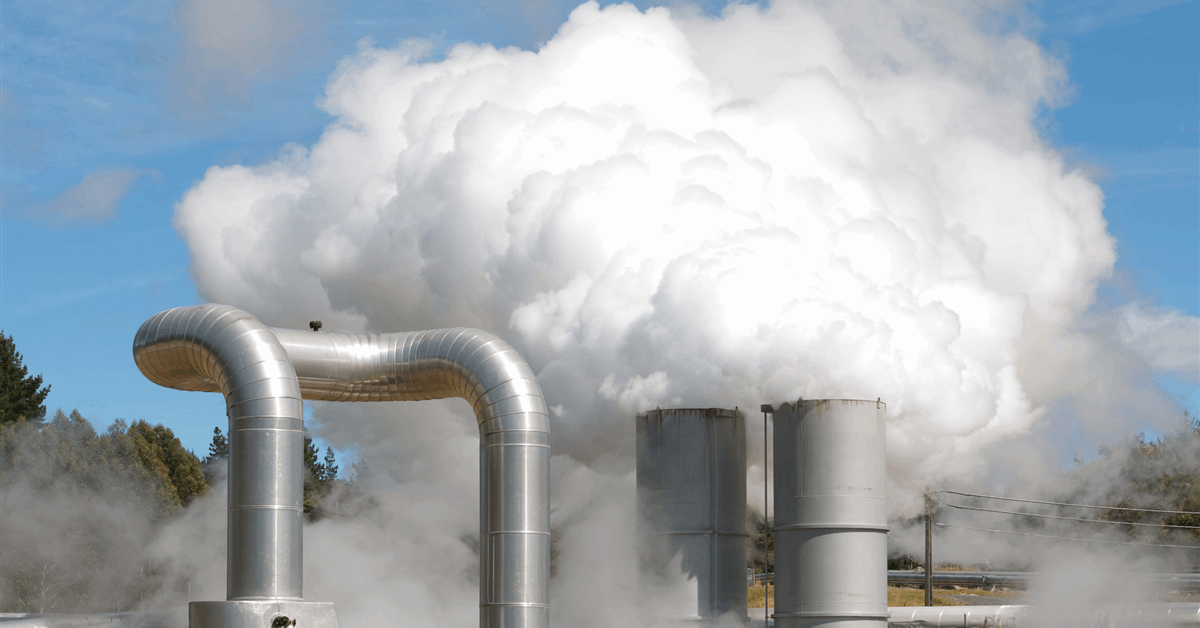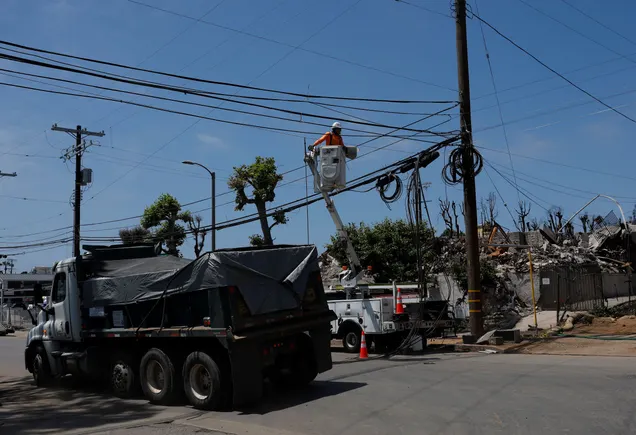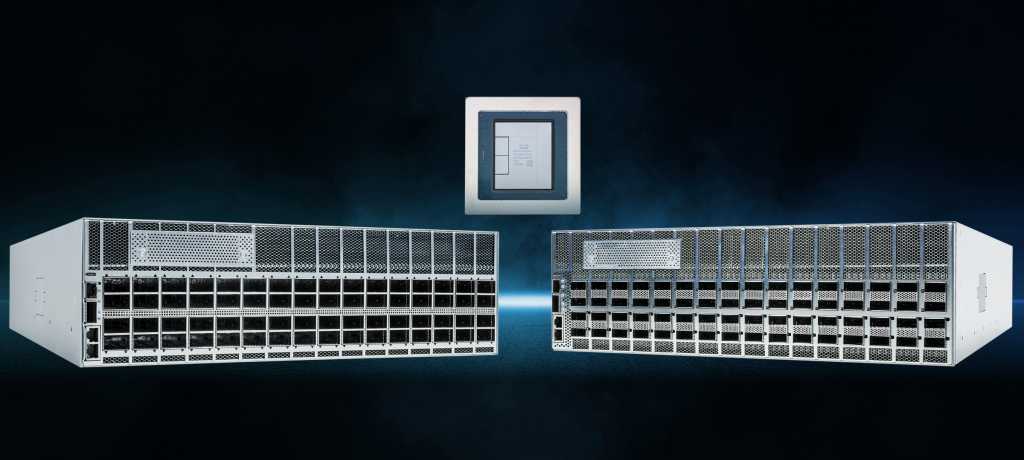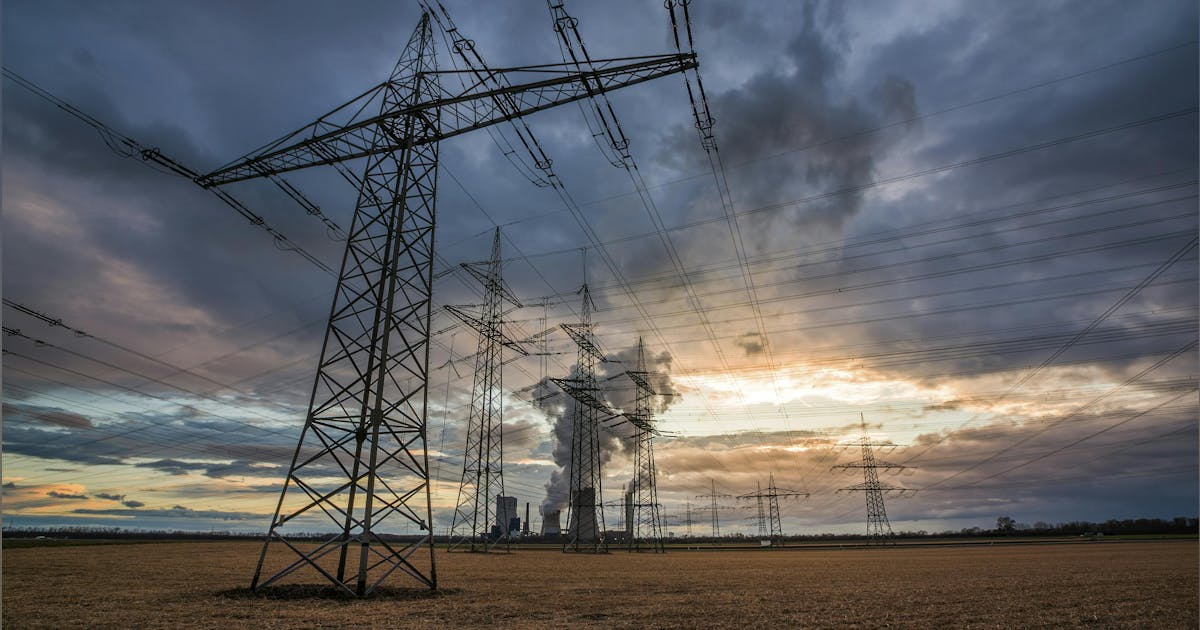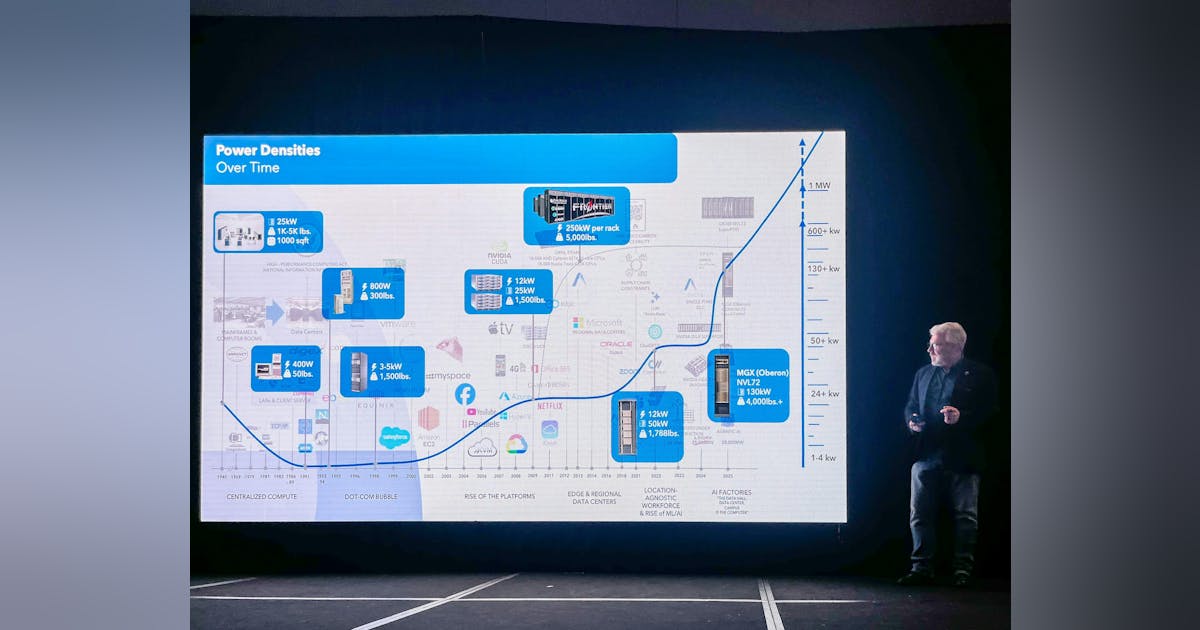
The U.S. hit a new crude oil production record recently, a data page on the U.S. Energy Information Administration (EIA) website showed.
The data page – which displays monthly U.S. field production of crude oil, was last updated on August 29, and includes data from January 1920 to June 2025 – revealed that monthly U.S. field production of crude oil averaged 13.58 million barrels per day in June.
This figure is the highest in the data set, with the second highest figure coming in October 2024, at 13.530 million barrels per day. The third highest figure in the data set was seen in April this year, at 13.466 million barrels per day.
Monthly U.S. field production of crude oil has averaged 13 million barrels per day or more on 21 occasions, according to the data page. Four of these were seen in 2023, 11 came in 2024, and six were in 2025, the data page highlighted.
A data page on the EIA site showing annual U.S. field production of crude oil, which was also last updated on August 29 and which includes data from 1859 to 2024, showed that annual U.S. field production of crude oil averaged 13.235 million barrels per day in 2024. Prior to this, annual U.S. field production of crude oil had never averaged 13 million barrels per day or more, the data revealed. The closest it came to an annual average of 13 million barrels per day was in 2023, at 12.943 million barrels per day, the data showed.
In a market analysis sent to Rigzone recently, Antonio Di Giacomo, Financial Markets Analyst for LATAM at XS, noted that, “in June, the United States reached a new all-time high in crude oil production, hitting 13.58 million barrels per day”.
“This milestone was primarily driven by increases in Texas, New Mexico, and the Gulf of Mexico[/America] consolidating the country’s position as the world’s largest crude oil producer,” Di Giacomo added.
“The surge reflects the resilience of the U.S. energy sector, despite challenges to investment and fluctuations in international oil prices,” Di Giacomo went on to state.
“Looking ahead, analysts expect U.S. energy production to remain strong, though risks remain linked to international price volatility, Federal Reserve monetary policy decisions, and investments in clean energy,” the Financial Markets Analyst for LATAM at XS continued.
Rigzone contacted the American Petroleum Institute (API) and the U.S. Department of Energy (DOE) for comment on Di Giacomo’s statement.
In response, a DOE spokesperson told Rigzone, “the Department of Energy is executing a bold, pro-growth agenda to strengthen the resilience and security of U.S. energy infrastructure, expand domestic production, and lower costs for American families”.
“Thanks to President Trump’s leadership, the United States is more energy dominant than ever – as shown by the record U.S. crude oil production achieved earlier this year and the EIA’s short term projections of even higher all-time production by December 2025,” the spokesperson added.
“While long-term forecasts are often revised, the reality is evident – America is leading the way in energy production by cutting red tape and unleashing affordable, abundant, and reliable global supply of oil and gasoline, delivering on the President’s promise to put the American people first,” the spokesperson continued.
At the time of writing, the API has not responded to Rigzone.
In its latest short term energy outlook (STEO), which was released on August 12, the EIA said it “expect[s] increases in well productivity will push U.S. crude oil production to an all-time high near 13.6 million barrels per day in December 2025”.
The EIA increased its U.S. crude oil production forecast for the whole of 2025 in that STEO. The organization projected in its August STEO that U.S. crude oil output, including lease condensate, will average 13.41 million barrels per day this year. In its previous STEO, which was released in July, the EIA projected that the country’s crude oil output, including lease condensate, would average 13.37 million barrels per day in 2025.
The EIA forecast in its latest STEO that 11.15 million barrels per day of the projected total figure of 13.41 million barrels per day will come from Lower 48 states, excluding the Gulf of America.
Of this 11.15 million barrel per day figure, 6.53 million barrels per day will come from the Permian region, 1.18 million barrels per day will come from the Bakken region, 1.13 million barrels per day will come from the Eagle Ford region, 0.19 million barrels per day will come from the Appalachian region, 0.03 will come from the Haynesville region, and 2.09 million barrels per day will come from the rest of the Lower 48 states, the EIA projected in the STEO.
The EIA expects the Federal Gulf of America to produce 1.83 million barrels per day of the total 2025 figure and Alaska to produce 0.43 million barrels per day of this year’s total U.S. crude oil production figure, the August STEO showed.
According to the Energy Institute’s (EI) latest statistical review of world energy report, which was published earlier this year, the U.S. was the world’s top producer of crude oil and condensate in 2024 with 13.194 million barrels per day.
To contact the author, email [email protected]





